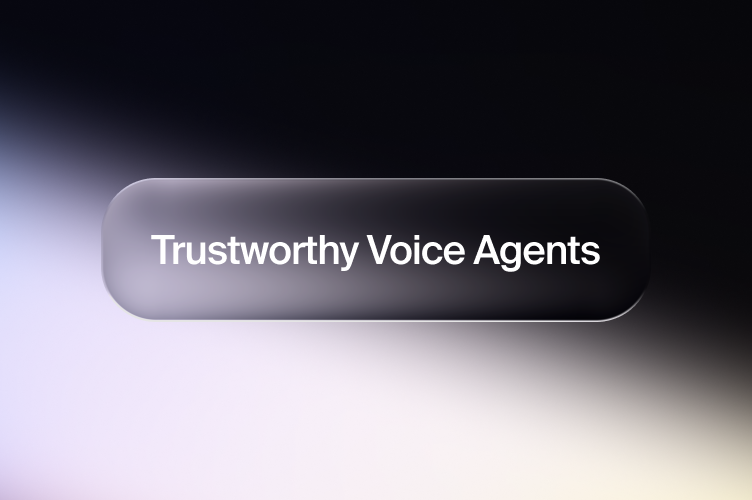Following Gladia’s Speech-to-Text AI alpha release two weeks ago, we’ve received dozens of new feature requests from the alpha users, to make our core real-time audio transcription API even more exciting and versatile.
We heard you and are happy to announce that the API is growing more robust by the minute and is now available with more capabilities — on top of its blazing speed and top-tier output quality.
We’re incredibly excited to be building our Audio Intelligence product in a community-led way, delivering a holistic final product adapted to the many needs and use cases brought to our attention.
Here’s what we have in store already
Speech-to-Text (STT) Transcription
Setting a new standard for the industry, our STT API is build on OpenAI’s Whisper and can transcribe audio in 10s/h at 3.52%WER. Tested and approved by thousands of alpha users across a range of use cases (e.g. call center, virtual meetings, YouTube videos, podcasts).
Speech-to-Text Translation
Upload your file, select an output language of your choice, and enjoy the final translated transcript free of errors. Currently available in 99 languages, and counting. If your language is not supported yet, drop us a message in this Twitter thread.
Transcription from YouTube URL
Drop a video URL and enjoy a highly accurate output file (.srt or JSON) that can be used as an alternative to YouTube’s auto-captions to improve the viewer’s experience on your channel. Transcription as subtitles file (.srt) will become available shortly too.
And here is the list of new most anticipated features we’re planning to release in March.
Speaker Diarization
You will now be able to automatically identify and recognize all speakers mixed in a single audio or video stream, including when multiple languages are used.
Word-Level Timestamps
A feature enabling Gladia users to produce a highly accurate JSON transcript with time stamps at every word.
Live-Streaming Transcription
We’re adding the ability to transcribe speech in real-time, using your microphone.
We’re preparing a series of deep dives on some of these new features to showcase how our tech works behind the scenes. Stay tuned!
As always, feel free to test the API and give us your feedback Discord. We truly love iterating with the community.




.png)


